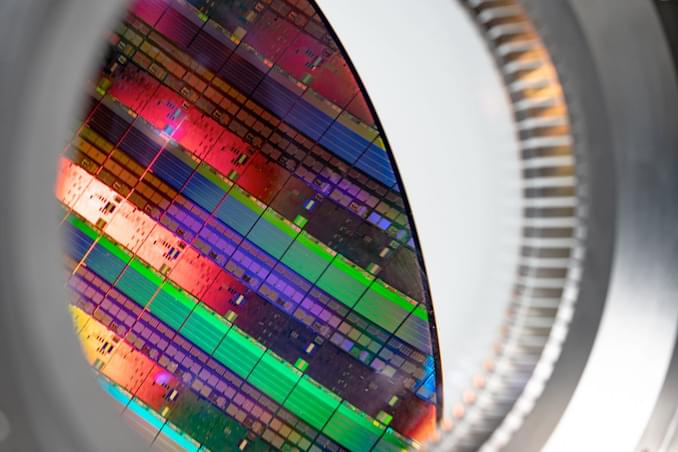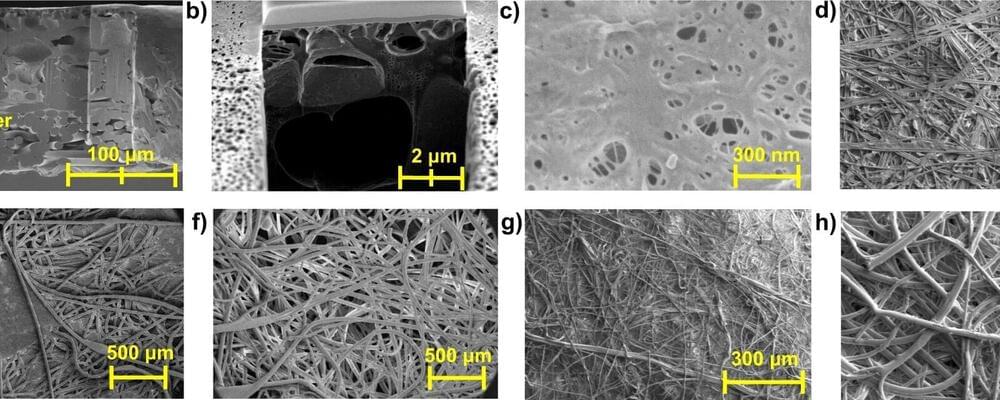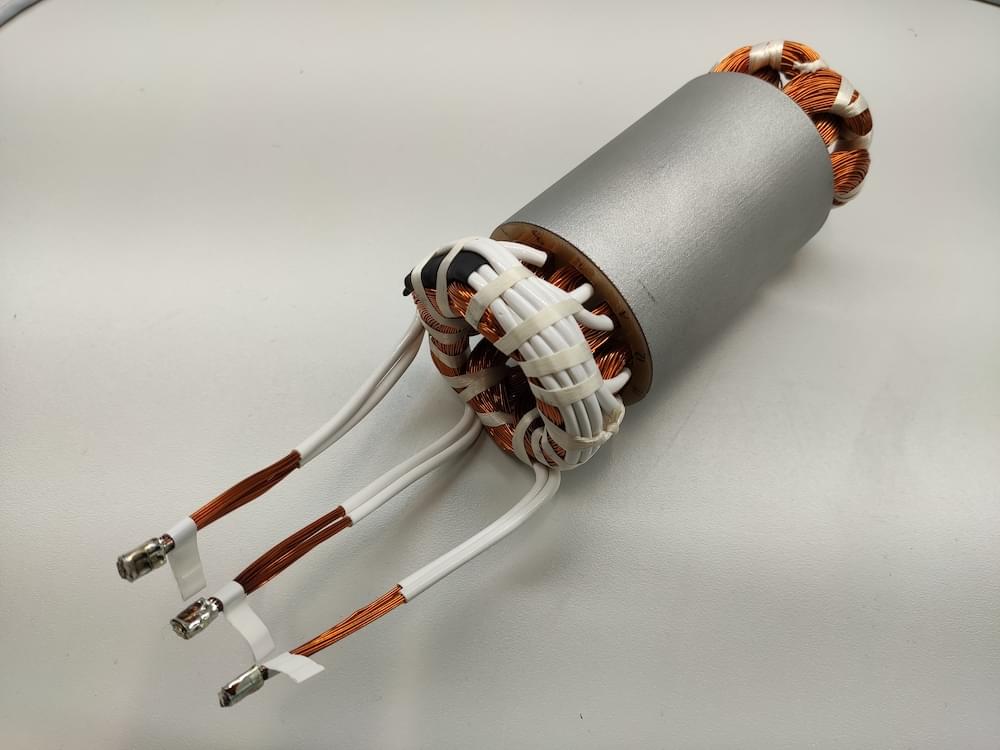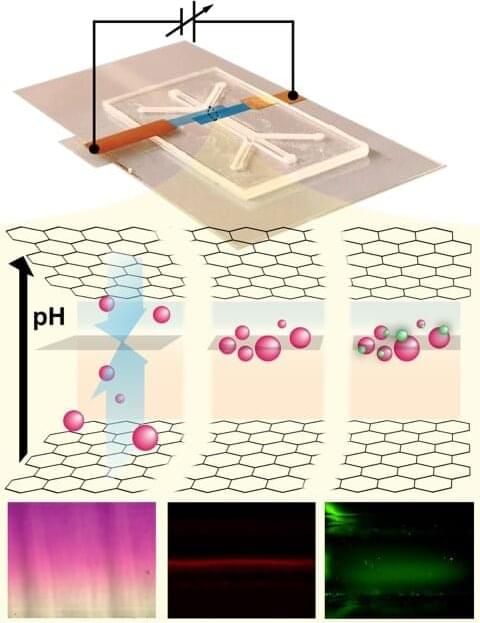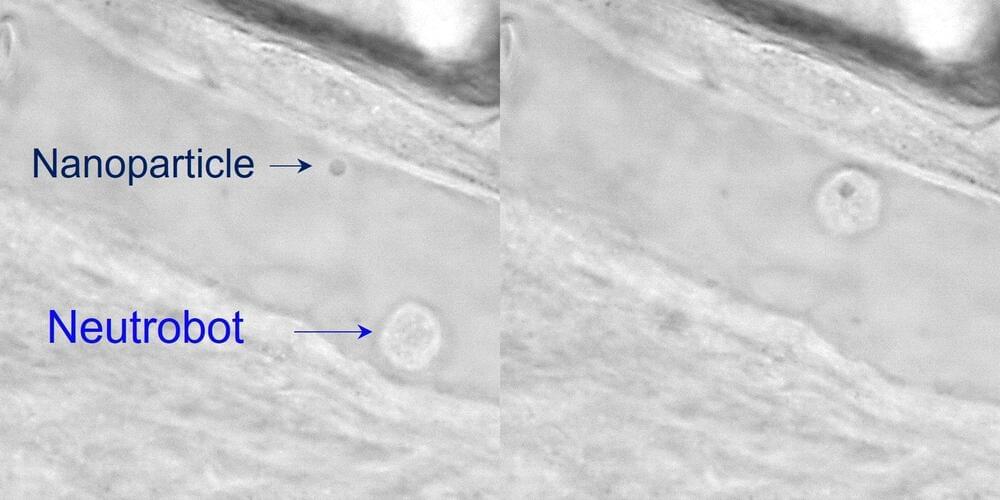Jul 22, 2022
TSMC and ASML: Demand for Chips Remains Strong, But Getting Fab Tools Is Hard
Posted by Shubham Ghosh Roy in categories: computing, materials
Microplastics, tiny particles of plastic that are now found worldwide in the air, water, and soil, are increasingly recognized as a serious pollution threat, and have been found in the bloodstream of animals and people around the world.
